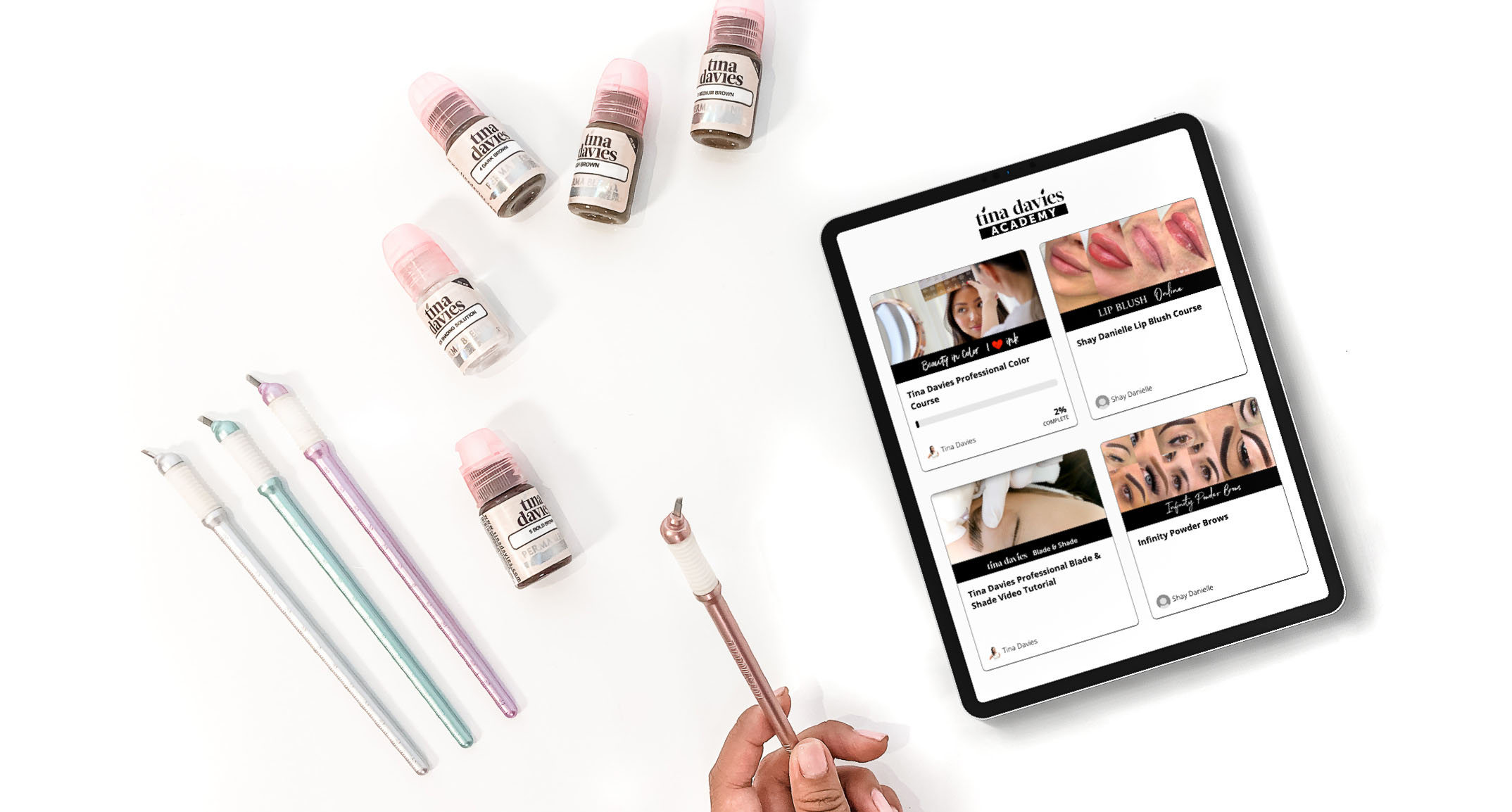
Introducing Zensa, Your New Favourite Numbing Cream

Zensa Numbing Cream is an FDA and Health Canada approved product with 5% Lidocaine that desensitizes skin for painful procedures. It’s our numbing cream of choice to apply before performing any permanent makeup procedures such as microblading, eyeliner and lips. But Zensa is also great for tattoos, laser hair removal, and waxing!

Zensa contains health conscious ingredients like purified water and Vitamine E, which provide anti-inflammatory properties, it has a neutral pH and is the most natural numbing cream on the market. With a three-year shelf life, it is also the most stable topical anesthetic available.
Zensa is manufactured in the USA and produced by Alera Skin Care in Vancouver, Canada. Alera is a pharma skin care company offering results-oriented products that are sold throughout North America and Internationally. A favorite among consumers and professionals alike, Alera offers quality skin care products that are innovative, effective, and clinically proven to work.
Here’s how to apply it, be sure to follow the steps as it makes a huge difference!

Zensa FAQ’s
Does Zensa Topical Anaesthetic really work?
When following the directions, Zensa Topical Anaesthetic will deliver a numbing sensation lasting approximately 3 hours on average.
Is Zensa Topical Anaesthetic safe to use?
Yes, both Health Canada and the FDA approve this product.
How long do I have to leave the cream on before my procedure?
We recommend applying Zensa Topical Anaesthetic 30-45 minutes prior to your procedure to achieve maximum results. 20 minutes is enough for microblading.
Is it necessary to occlude the area after applying Zensa Topical Anaesthetic? What should I use to occlude it with?
Yes, it is important to occlude the area with an airtight dressing with saran wrap. This will allow a 50%-80% greater absorption into the outermost layer of the cells in the skin. Do not occlude Zensa on the eyes.
How long will the numbness last?
If applied correctly, Zensa Topical Anaesthetic will numb your skin for 2-3 hours. Additional layers can be applied once numbing has begun to subside, and should take effect immediately.
Do you offer any products with more than 5% Lidocaine?
Zensa Topical Anaesthetic offers the highest dosage of Lidocaine allowable by Health Canada and the FDA (5%) without a prescription. Therefore, we do not offer any products with a higher dosage of Lidocaine.
If I use Zensa Topical Anaesthetic on a monthly basis, will my skin become permanently desensitized?
No, it is safe to use the product repeatedly, and it will not have any long-term effects on the sensitivity of your skin.




Leave a comment
This site is protected by hCaptcha and the hCaptcha Privacy Policy and Terms of Service apply.